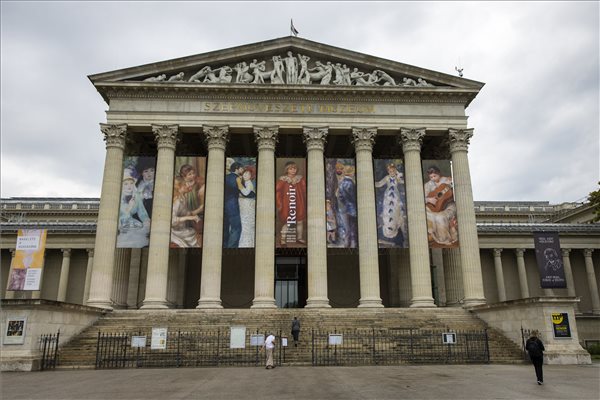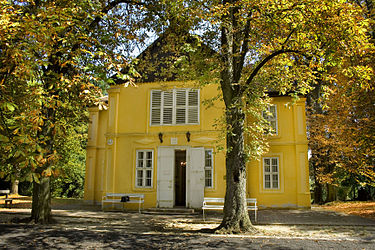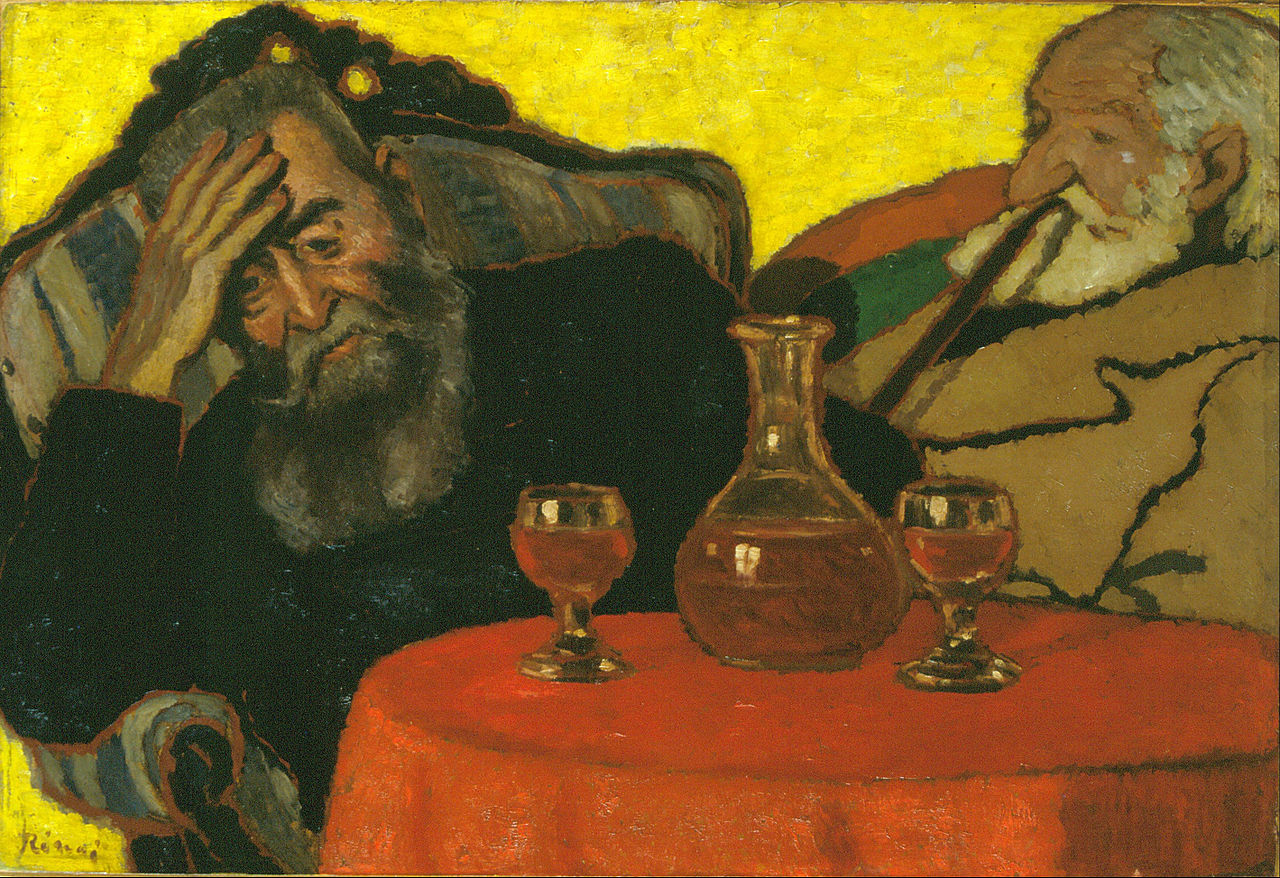
This is the first time that a large-scale exhibition covering the entire oeuvre of Pierre-Auguste Renoir opens in Hungary.Continue reading

On October 18, the Day of Hungarian Painting, the exhibition Rippl-Rónai under the Spell of Colors (A Színek Bűvöletében) will open in Kaposvár (southwestern Hungary), in the Rippl-Rónai Memorial House and Visitor Center. The exhibition features around ninety paintings by the painter and graphic artist, reports Magyar Nemzet.
The museum that bears the name of József Rippl-Rónai presents a typical work from each of his periods in a new temporary exhibition of works from the collections of eight Hungarian museums.
The highlight is the double portrait My Parents after Forty Years of Marriage (1897), with which the young artist paid tribute to his beloved parents. Visitors will also be able to admire Nude on a Terrace (1908), a rare Impressionist work in Rippl’s oeuvre, which is significant for its vibrant light and shade, the emblematic, bourgeois Lajos and Ödön (1918), as well as Breakfast Table, and Still Life with a Mask (1910), among others.

The Rippl-Rónai Memorial House and Visitor Center. Photo via Wikipedia
The aim of the exhibition, open until December 10, is to familiarize visitors to the Somogy County seat with Rippl-Rónai’s paintings in other county institutions and to draw attention to the value of Rippl-Rónai and his prominent place in the canon of Hungarian art.

My Father and Piacsek, with Red Wine (1907). Photo via Wikipedia
The villa on the hill in Kaposvár, where the artist lived and worked until his death, has been a memorial museum since 1978. This is also due to the fact that Róbert Martyn, one of Rippl-Rónai’s adopted sons, preserved the original furnishings and relics of the building, while the painter’s brother, the art collector Ödön Rippl-Rónai, and the experts of the Kaposvár museum have created a significant collection of Rippl-Rónai paintings over several decades.
Via Magyar Nemzet, Featured image via Wikipedia